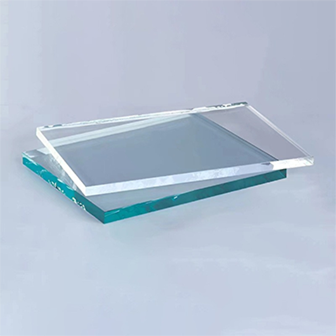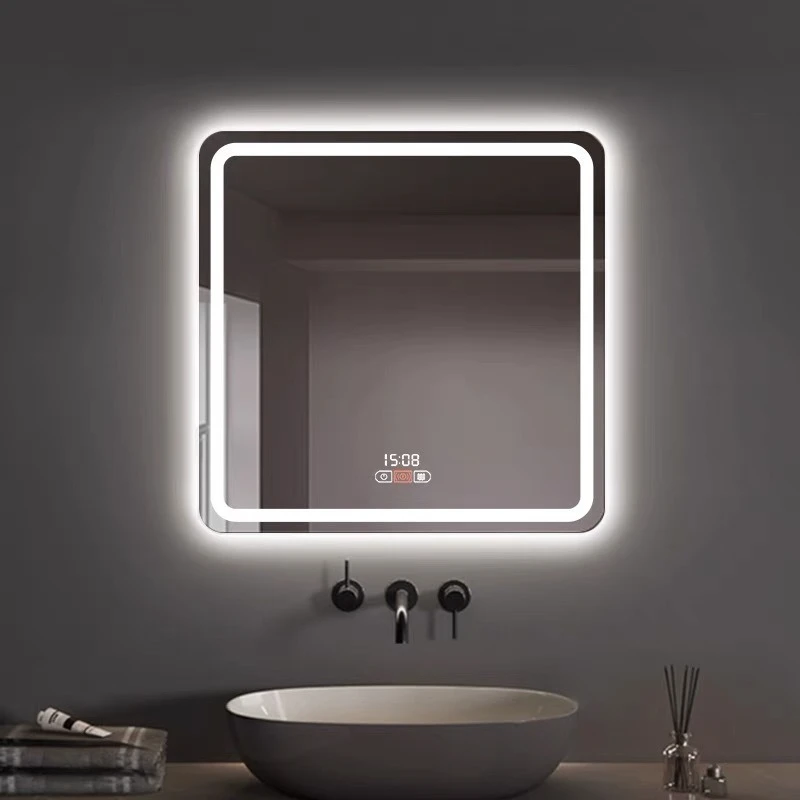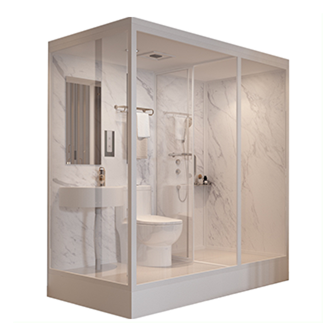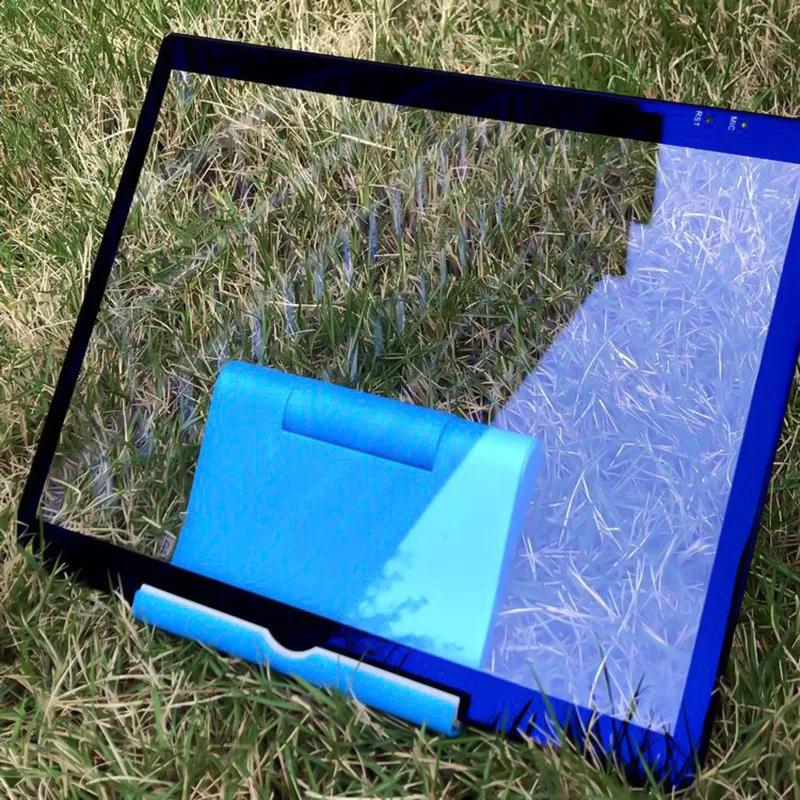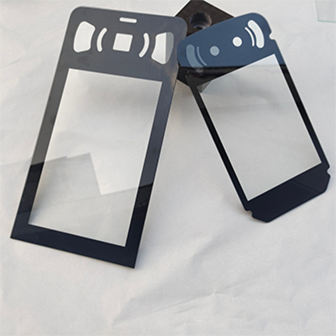Nov . 17, 2025 15:52 Back to list
Coated glass enhances building aesthetics
In the architectural landscape of the 21st century, glass is no longer a mere transparent barrier. It has evolved into a dynamic, high-performance building component, thanks largely to the innovation of coated glass. This technology transforms standard panes into sophisticated systems that manage energy, enhance comfort, and redefine aesthetics. At the heart of this transformation lies the application of a clear glass coating, a nearly invisible layer that imparts powerful properties to the glass. Understanding the different glass coating types is essential for architects, builders, and homeowners alike to make informed decisions that align with performance goals and sustainability objectives. This article delves into the science, applications, and benefits of this remarkable material, guiding you through the options available for your next project.
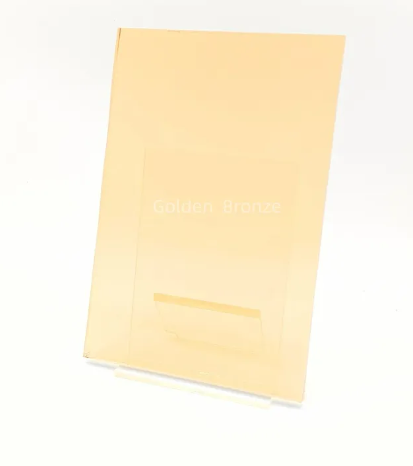
The Fundamental Science Behind Modern Coated Glass
Coated glass is a kind of glass with one or more layers of special film applied on the glass surface by magnetron sputtering or other processing methods. This sophisticated process creates a permanent, durable layer that fundamentally alters the glass's interaction with solar energy. ShottGlass can provide a comprehensive range of high-performance coated glass products engineered for specific climatic and architectural demands. The coating itself, often a complex metallic or ceramic stack, is designed to selectively reflect or transmit certain wavelengths of light. This allows visible light to pass through for daylighting while reflecting the invisible infrared spectrum, which carries heat. The primary goals of this scientific application are:
- Solar Control:To significantly reduce solar heat gain, thereby lowering cooling costs in warmer climates.
- Thermal Insulation:To improve a building's insulation by reflecting interior heat back inside during colder months.
- Aesthetic Enhancement:To offer a variety of subtle tints and reflective appearances for architectural design.
- Glare Reduction:To maintain natural light while minimizing uncomfortable brightness and glare on screens and surfaces.
Exploring the Versatility of a Clear Glass Coating
A clear glass coating represents a pinnacle of this technology, offering advanced performance without altering the glass's neutral appearance. ShottGlass can provide a specialized clear glass coating that is virtually invisible to the naked eye, preserving the true colors of the view and the designer's intent. This type of coating is ideal for applications where maximum visibility and color neutrality are paramount, such as museum displays, high-end storefronts, and residential windows. The benefits of opting for a high-quality clear glass coating are numerous and impactful:
|
Benefit |
Description |
|
Unobstructed Views |
Maintains the clarity and color fidelity of the view through the glass, unlike tinted alternatives. |
|
Enhanced Energy Efficiency |
Provides excellent solar heat rejection, reducing reliance on air conditioning systems. |
|
UV Protection |
Blocks a high percentage of harmful ultraviolet rays, protecting interior furnishings from fading. |
|
Comfort Improvement |
Creates a more consistent and comfortable indoor temperature by mitigating hot spots caused by direct sunlight. |
A Comprehensive Guide to the Different Glass Coating Types
Navigating the market requires a clear understanding of the primary glass coating types. Each type is manufactured using a different process and offers a distinct set of properties, making it suitable for specific applications. ShottGlass can provide expert guidance to help you select from the various glass coating types based on your project's technical and aesthetic requirements. The main categories of coatings available are:
- Pyrolytic (Hard Coat) Coatings:This coating is applied to the glass surface while it is still hot during the float glass manufacturing process. It is a very durable, "hard" coat that can be handled easily and is often used in single-glazing applications.
- Magnetron Sputtered Vacuum (MSV) Coatings (Soft Coat):This advanced process occurs in a vacuum chamber where a metallic coating is sputtered onto the glass. This results in a "soft coat" that offers superior solar control performance but must be protected within an insulated glass unit (IGU).
- Low-Emissivity (Low-E) Coatings:A specialized type of coating designed to minimize the amount of infrared and ultraviolet light that passes through glass without compromising the amount of visible light transmitted. This is the most common coating for energy-efficient windows.
- Self-Cleaning Coatings:These photocatalytic coatings use sunlight to break down organic dirt, while a hydrophilic layer causes water to sheet off, washing the dirt away.
Strategic Selection of Coated Glass for Architectural Projects
Choosing the right coated glass is a critical decision that impacts a building's energy consumption, occupant comfort, and long-term operational costs. ShottGlass can provide detailed technical support for the strategic selection of coated glass, ensuring the chosen product meets the specific solar and thermal performance criteria. The selection process should be methodical and consider the following key factors:
Step 1: Analyze the Building's Climate Zone. Is the primary need to reject solar heat (hot climates) or to retain internal heat (cold climates)?
Step 2: Determine the Desired Aesthetic. Should the glass appear clear, slightly reflective, or have a specific tint?
Step 3: Define Performance Metrics. Establish targets for key performance indicators like U-Value (thermal insulation) and Solar Heat Gain Coefficient (SHGC).
Step 4: Consider the Glazing Unit Configuration. Decide if the coated glass will be used in a single pane, double-glazed IGU, or even a triple-glazed unit, as this affects which coating type is appropriate.
Step 5: Evaluate Long-Term Value. Factor in not just the initial coated glass price, but the long-term energy savings and durability the product offers.
FAQS about Answering Your Questions on Coated Glass
What is the main functional difference between the various glass coating types
The main difference lies in their durability and performance. Pyrolytic "hard coat" is more durable and can be used in single-glazing, while magnetron sputtered "soft coat" offers superior solar control but must be sealed inside an insulated glass unit for protection. ShottGlass can provide detailed comparisons of all glass coating types to clarify the best fit.
How durable and long-lasting is a typical clear glass coating
When properly manufactured and installed, a clear glass coating is extremely durable and designed to last the lifetime of the glass unit. For MSV soft coats, the longevity is ensured by its protected position sealed within an IGU, safe from weather and physical contact. ShottGlass guarantees the performance and durability of its clear glass coating products.
Can coated glass be tempered or laminated after the coating is applied
Yes, coated glass can undergo further processing like tempering or laminating. It is a standard practice, but the coating must be compatible with the high temperatures of the tempering furnace. ShottGlass can provide pre-coated glass that is fully compatible with these secondary processing requirements.
Is there a visible difference between coated and uncoated glass
Some coated glass products, particularly those designed for high solar performance, may have a slight reflective or tinted appearance. However, many modern clear glass coating options are engineered to be completely neutral and visually indistinguishable from uncoated glass, while still providing significant performance benefits.
What maintenance is required for building facades made from coated glass
Maintenance for coated glass facades is straightforward and similar to uncoated glass. Regular cleaning with recommended, non-abrasive cleaners is sufficient. The coatings are permanent and do not require any special polishing or re-application, making them a low-maintenance cladding solution.
For projects that demand the pinnacle of performance, aesthetics, and sustainability, the choice of glass is paramount. Do not settle for standard solutions when advanced technology can deliver superior results. We invite you to visit ShottGlass and consult with our technical specialists to explore the full potential of our coated glass products. Let us help you transform your architectural vision into an efficient, comfortable, and stunning reality. Contact us today to request a sample and a detailed project consultation.
-
Types of Reflective Glass
NewsNov.17,2025
-
What Is Dichroic Glass?
NewsNov.17,2025
-
Smart LED mirrors can have touch controls
NewsNov.17,2025
-
Laminated glass improves energy efficiency
NewsNov.17,2025
-
Insulated glass enhances building comfort
NewsNov.17,2025
-
Acid etched glass offers elegant privacy
NewsNov.17,2025
Related PRODUCTS


